Table of Contents
How to Use Mixed Light in Color Photography
The color temperature of light is directly related to the color effect of color photography, so in color photography, always try to balance the color temperature. Such as using sunlight-type or light-type color films, adding color filters to raise and lower the color temperature, choosing the ideal lighting light, and adding color films to correct color casts when making color photos.
Therefore, when shooting, it is very taboo to mix lighting with multiple light sources with different color temperatures. However, if the mixed light is used skillfully according to the needs of photographic creation, good color performance will also be achieved.
For example:
1. In a dark environment, use daylight-type color flash to shoot side portraits, and add electric light to illuminate the model with backlight to obtain a decorative effect with normal overall color and golden outline light. On the contrary, if the light-type color film is used, the main light is iodine and tungsten lamp milky white light, such as flash backlighting, the bright blue outline light effect can be obtained.
2. Use daylight-type color film to take a close-up shot of two children watching the lantern with great interest under natural indoor light conditions during the day. Adding ordinary electric lights to assist the lighting of the child’s face can form the effect of fiery red light like a lantern.
3. Whether using daylight-type or light-type color film, when shooting a character with a specific occasion, a specific taste or a stage image, mixed lighting can be applied to one front and one side, which can produce exaggerated colors or strong contrast effects.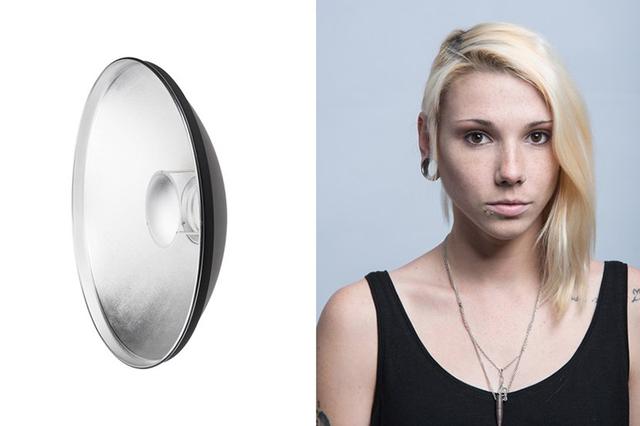
How to Photograph in Diffuse Light Conditions
Scattered light is the light formed by the sun’s rays being blocked by clouds or fog. We often encounter scattered light weather, such as thin clouds covering the sun, cloudy days, rainy days, snow days, and weather before sunrise and after sunset, and scattered light will appear.
Under scattered light conditions, the tones of the scene are easy to appear flat, and the colors are relatively dull. But photographing in diffuse light conditions can sometimes achieve unique color effects.
When shooting under scattered light conditions, color processing is very important.
Try to choose dark and brightly colored scenes as the foreground to improve the contrast of the picture tones and avoid flat scenes.
If there is a large area of lead-gray clouds in the sky on cloudy or drizzly days, try to take as little or no part of the sky as possible when framing the scene, so as to avoid the sky appearing dead white after taking the photo.
The shooting distance under scattered light conditions is proportional to the reproduction of color saturation. The closer the shooting distance, the more vivid the color of the scene. The farther the distance, the lighter the color. Therefore, try to choose some medium shots, close-up shots or specific shots. It is not suitable to shoot some large scenes with panoramic views.
The exposure control of the scattered light scene should be based on the brightness of the scene on the ground, and the darker foreground is the main basis. Don’t use a distant view or sky as your exposure basis, or you’ll fail with underexposure. At the same time, it is suitable to use color film with medium photosensitive speed and high contrast ratio, so that the contrast of the picture can be better displayed.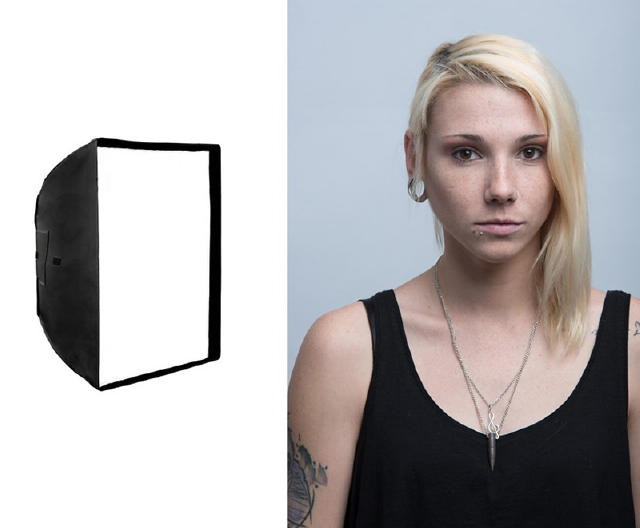
How to Prevent Red Eye in Shooting
Red eye is a phenomenon that any camera will encounter when using the flash. The reason for its formation is very simple. Red eye occurs because the light from the flash enters the pupil of the human eye and hits the blood vessels in the eye.
Red eye tends to be more noticeable the closer the flash is to the lens of the camera. Conversely, the farther the flash is from the lens, the less chance of red-eye. According to this situation, it is effective to solve the red-eye phenomenon. Move the detachable flash a distance so that it provides enough light for the shot without causing red-eye.
However, for those pocket-sized built-in flashes, that doesn’t work. In portrait photography, if the model occupies most of the picture, the red-eye phenomenon is more prominent. Therefore, when taking such photos, you should pay attention to let the model move back as far as possible, so that the red eye will not be so obvious.
Pocket cameras with built-in flashes are more likely to experience red-eye than other cameras. This is because the flash is too close to the camera lens. The flash mounted on top of a regular SLR camera also produces red-eye. Especially when the flash is directly facing the model, the situation is more serious.
Many medium and large flash units can be rotated both horizontally and vertically. You can take advantage of this feature for bounce flash. This will definitely prevent the red-eye phenomenon from happening. Even if direct lighting is necessary, it is best to keep the flash farther away from the optical axis of the lens. A pulsed line with a bracket or a flash with an inductive sync is ideal.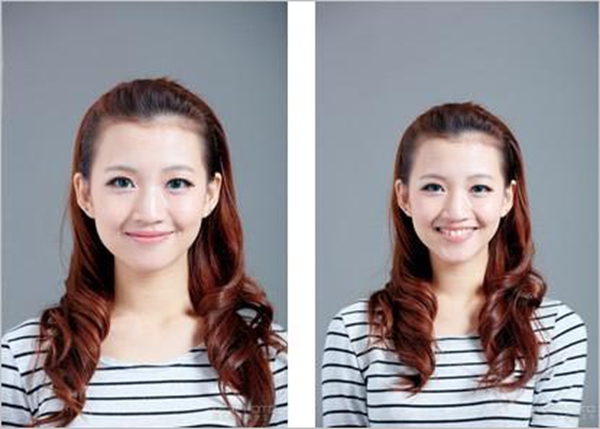
How to Choose the Shutter Speed According to the Focal Length of the Lens
Classification of focal lengths
The lenses of modern cameras, especially those used in single-lens reflex cameras that can be interchanged with various functions, have different focal lengths.
According to the ratio of the focal length to the diagonal of the film, various lenses can be roughly divided into four types:
A lens with a focal length shorter than the diagonal of the screen is a short focal length lens.
A standard lens whose focal length is close to or consistent with the diagonal of the screen is called a standard lens.
A lens with a focal length that is approximately twice as long as the diagonal of the screen is called a medium focal length lens.
A lens with a longer focal length is called a telephoto lens.
The field of view of the picture captured by a short focal length lens is wider than that of a standard lens, so it is called a wide-angle lens. The long focal length lens has a narrow angle of view, and the image of the distant object appears larger, so it is also called a telephoto lens or a telephoto lens.
Shutter selection
Usually photography generally does not need to use a tripod, mostly handheld cameras. In order to prevent jitter and blurring of the scene, the reliable way is to choose the shutter speed as fast as possible. But sometimes due to exposure, depth of field and other reasons, it is impossible and unnecessary to use all high-speed shutters.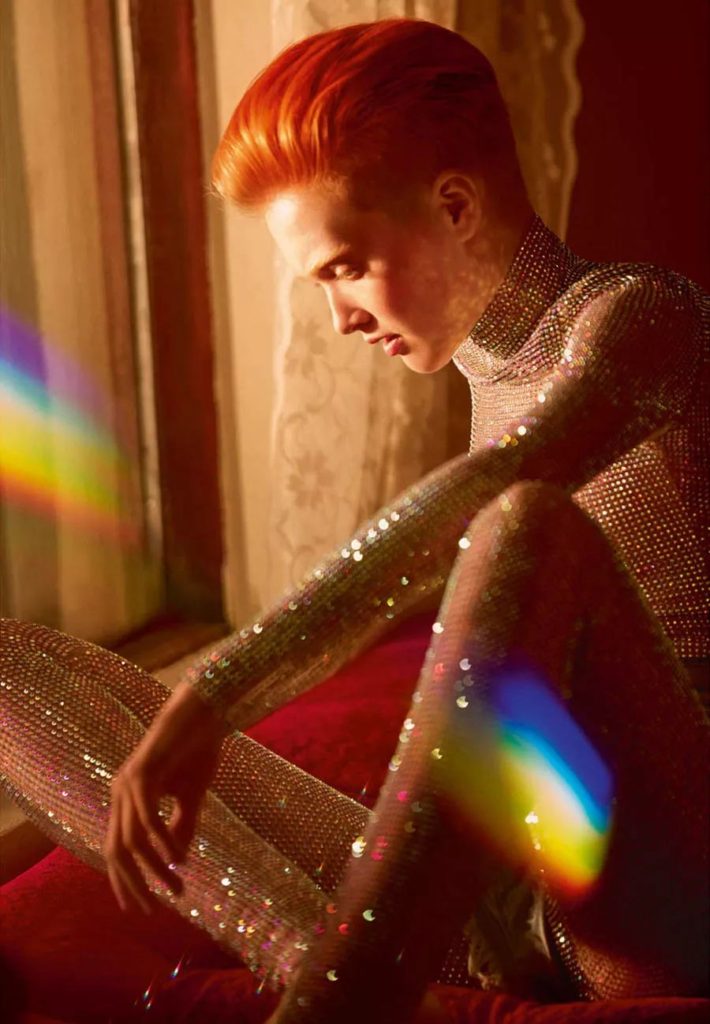
Under normal circumstances, similar shutter speeds can be selected according to the focal length of the lens. For example: 1/30 sec for a 28mm short focal length lens, 1/60 sec for a standard lens, 1/125 sec for a 105mm medium focal length lens, and 1/250 sec for a 250mm long focal length lens. Because, the length of the focal length of the lens is directly related to the narrow and wide imaging field of view. The longer the focal length of the lens, the narrower the field of view, and the longer and heavier the lens itself is, and the slightest vibration can cause ghosting or blurry images. Therefore, it is necessary to increase the shutter speed at the moment of exposure accordingly.
Of course, choosing a shutter speed stop based on the focal length of the lens is just a general measure to help avoid virtual motion. Occasionally it may also be necessary to shoot with a slow shutter speed while holding a camera with a telephoto or zoom lens attached.
But in either case, it is necessary to adopt the correct posture for holding the camera and the lens. And to develop the good habit of pressing the shutter button steadily and calmly. In this way, the imaging effect of the captured picture can be kept as clear as it should be.
How to Control the Shutter Speed When Shooting Moving Objects
In ordinary shooting, you can first determine the aperture size. And then match with the appropriate shutter speed, you can shoot.
However, in the shooting of moving objects, due to the displacement of the subject, in order to make the image clear, we must first consider controlling the shutter speed. And the conditions that determine shutter speed are complex. Shutter speed that is too fast or too slow will result in blurred images.
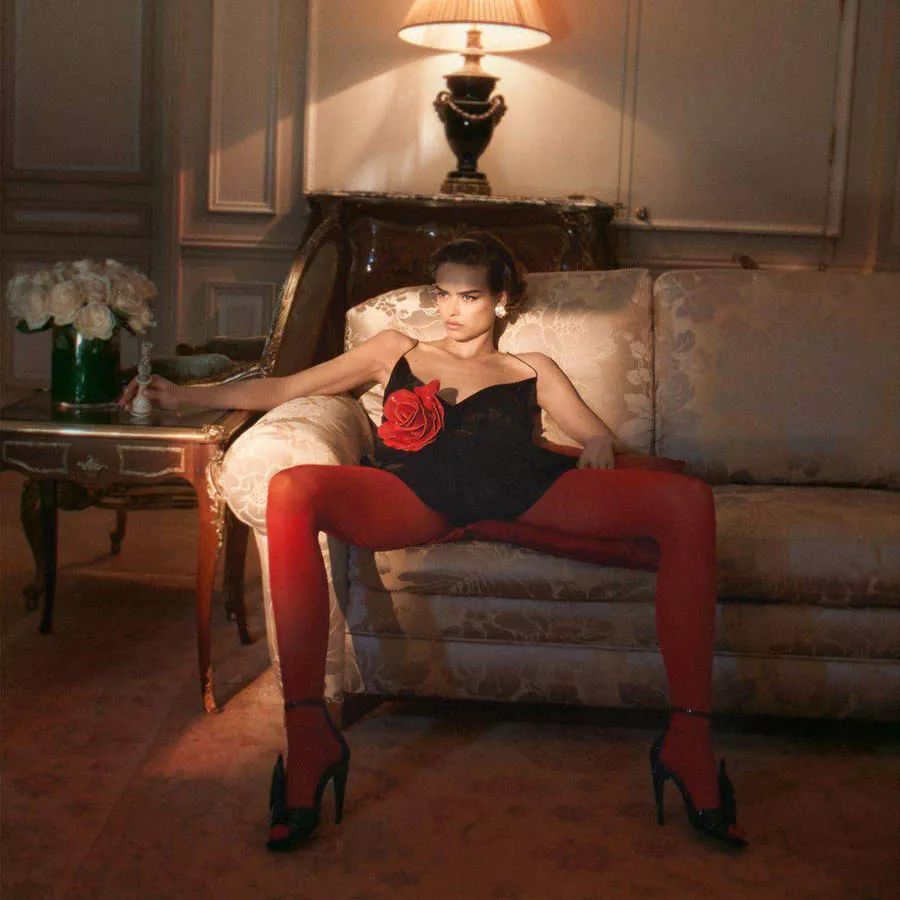
How to Control the Shutter Speed When Taking Moving Photos?
1. Speed
The shutter speed that should be selected should be determined according to the speed of the subject itself. Such as pedestrians and cars, the speed is different, the choice of shutter speed is also different. The selection principle is to make the selection of speed to capture the instantaneous posture and action of the moving body. And to narrow the aperture as much as possible to increase the depth of field range. So that the moving body has a sense of movement and the scene is clear before and after. Aperture and shutter speed should work well together. Generally, the faster the object moves, the faster the shutter speed should be.
2. Distance
Determine the shutter speed based on the distance from the moving object. The further the distance, the slower the shutter speed. The closer the distance, the faster the shutter speed. Because the distance of the moving body is small, it takes a long time to go beyond the visual range of people. So the speed is slow. Otherwise, the speed appears to be faster.
3. Orientation
Choose the shutter speed according to the direction in which the moving subject is being shot. There are generally three angles for the direction formed by the camera and the moving body. That is 0°, 45°, 90°. Shooting at the above three different angles requires different shutter speeds. When shooting at a 90° angle, the moving body is passing in front of it. And the speed is very fast, so a high-speed shutter should be used.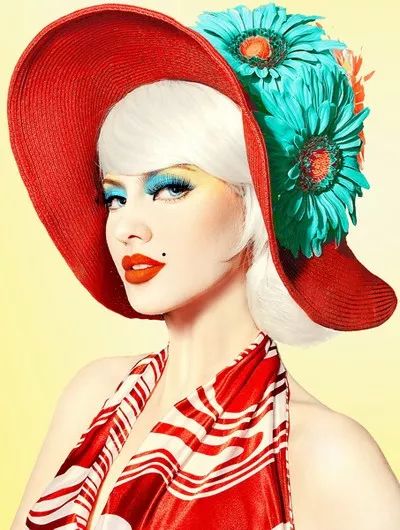
When shooting at a 45° angle, the speed is between 0° and 90°. When shooting at an angle of 0°, the moving body is approaching or driving backward, its position changes gradually. And the speed is slower. A slower shutter speed should be selected. For example, when shooting at a 0° angle with a shutter speed of 1/100 second, at a 45° angle, use a shutter speed of 1/200 second. And when shooting at a 90° angle, use a shutter speed of 1/500 second.
4. Focal length
Choose the shutter speed according to the focal length of the lens. The longer the focal length of the lens, the shorter the distance between the lens and the moving body. So the faster the shutter speed. The shorter the focal length of the lens, the smaller the negative image, and the slower the shutter speed.
5. Aperture
Adjust the shutter speed according to the size of the selected aperture. When the aperture is selected to be large, the amount of light passing through is increased. And the shutter speed can be accelerated. When the aperture is small, the shutter speed can be slowed down. When shooting, you can adjust the aperture and shutter according to your needs.
In general motion photography, when the distance is 15 meters, the focal length is 50mm. And the angle is 0°, the shutter speed varies according to the movement speed of the subject. 1/10 of a second to walk, 1/25 of a second to run, 1/50 of a second to race a horse. And 1/100 of a second to a car. When the angle is 45°, the shutter speed is doubled. At a 90° angle, the shutter speed is increased by 4 times.
(To Be Continued)
